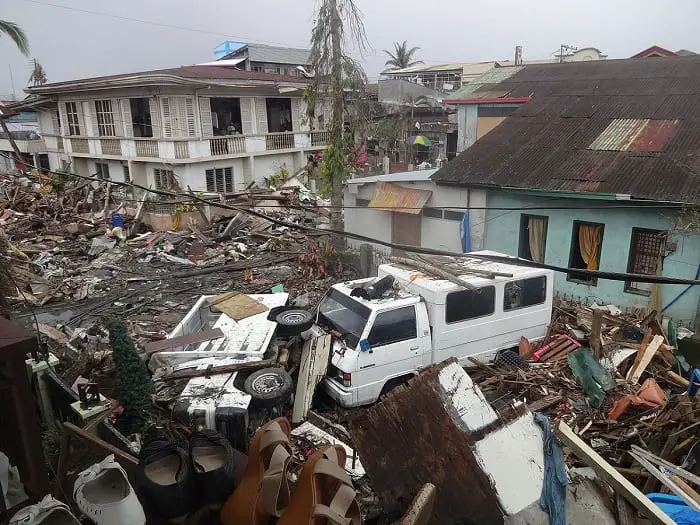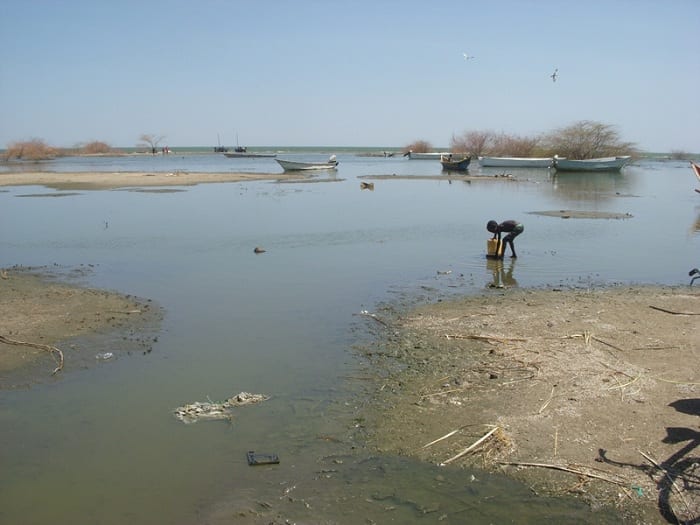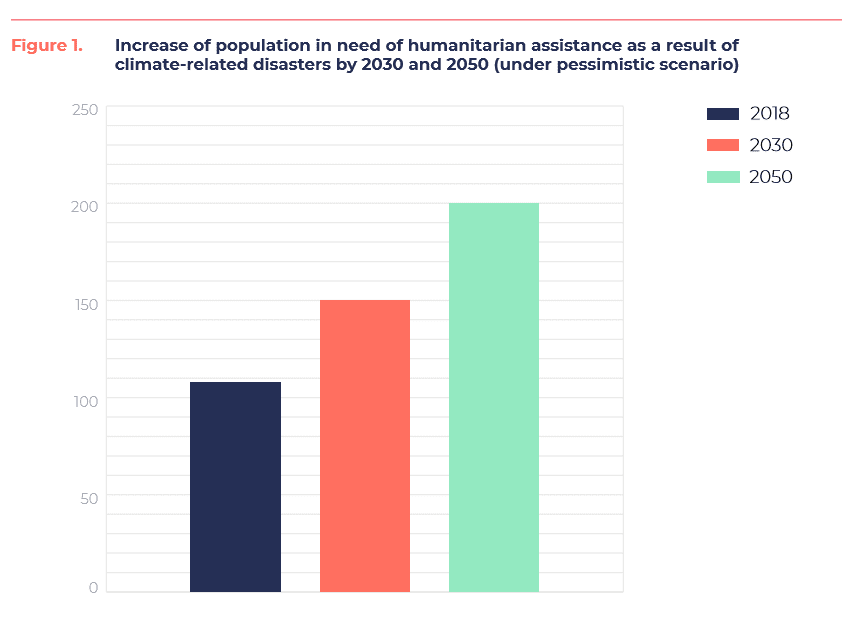If you think this doesn’t concern you, think again! First world or Third, the conclusions are inescapable. Climigration is already a reality and it is going to get a lot worse.
This is just one of the conclusions detailed in a major new report on climate change and its impact on land and peoples.
Commissioned by the Intergovernmental Panel on Climate Change (IPCC), the report looked at many issues ranging from desertification to inundation by rising sea levels.
Land is under growing human pressure. There are too many for too little. And climate change is adding to the problem, according to the report.
Contents
Climigration and you…
We’ve already jacked-up pollution levels so that temperatures on land have risen by above 1.5 degrees Celsius since the industrial revolution.
That’s the same amount of warming climate activists are fighting to prevent on a global scale.

Forced Migrations
The consequences are as obvious as the headlines. Climate change is gradually forcing migrations and displacement on a massive scale.
Climigration, the relocation of entire communities because of climate-related crises, is now a reality in many parts of the world.
Typhoons displaced nearly 15 million people in the Philippines between the years 2013 and 2017 alone. The deadliest of these storms, Typhoon Haiyan, killed more than 7,000 Filipinos.
Climate change is a threat multiplier, as well. Extreme weather events add to economic and political instability and worsen their effects.
These crises provoke political unrest and heighten the consequences of war, which leads to even more displacement.
Lake Chad, for instance, has shrunk by more than 90 percent since 1963. The lake is a vital resource for Cameroon, Chad, Niger, and Nigeria.
Experts have asserted that the ecological catastrophe in Lake Chad is a compounding factor in the Boko Haram insurgency. The rebellion had already caused 3.5 million people in the region to flee their homes as of 2017.

Desertification in China
Climate change also propels slow-onslaught disasters like drought and desertification. These disasters in turn contribute to crop failure, famine, hunger, and overcrowded urban centers.
China’s deserts have expanded by more than 54,000 square kilometers since 1975.
The advancing desert is even now devastating precious cropland and whipping up fierce sandstorms in the northern territories of the country.
As a result, the Chinese government has resettled hundreds of thousands of “ecological migrants” over the past few years. Many villages are gone forever.
Some of the uprooted belong to religious or ethnic minorities from across the affected areas.

The Gravest Extreme
Experts and international authorities have yet to agree on a legal definition for “environmental migrants” or “climate refugees.”
But the World Bank (WB) estimates that climate change may turn 143 million people into climate migrants, fleeing famine, drought, and rising sea levels in the coming years.
Most of this worst-case scenario climigration will take place in Sub-Saharan Africa, South Asia, and Latin America, says a WB report.
The three “hot spots” represent 55 percent of the developing world’s populations.
In some places, the situation has already forced a few to see the future through the lens of the gravest extreme.
Increasingly, cold-eyed policymakers have begun talking less about preventing global warming and more about the policies we need to survive it.

Re-Shaping Policies
In fact, governments around the world have begun to re-shape their strategies ahead of the worst, moving communities out of threatened areas before disaster hits.
In 2016, the US Department of Housing and Urban Development provided US$1 billion to help communities adapt to climate change in 13 states.
The grants included the first direct allocation of federal funds to move an entire community in Isle de Jean Charles, Louisiana.
In Australia, officials have allocated resources to help relocate more than 100 households in Grantham, Queensland, to higher ground.
The decision came after an exceptionally strong La Niña caused devastating floods in the area in 2011.
Canada has meanwhile responded to the rising costs of climate change by limiting aid after disasters. In some cases, government officials have even forced people to leave their homes.
The controversial experiment has elicited anger, relief, and profound grief as entire have neighborhoods disappeared, house by house.

Accepting Climigration
Tony Matthews of Griffith University suggests these efforts form part of what is just a first wave. There will be more.
Matthews says strategic planning for climigration in at risk areas should begin early. Planners can identify vulnerable communities using risk-mapping, he adds
The Griffith University lecturer believes making people accept the notion of climigration may be the biggest challenge.
It takes a lot to convince a community to move, the award-winning urban and environmental planner writes in an article that appears in the Conversation.
In the article, Matthews outlines what will be needed to plan for a future where climigration becomes an even more pronounced reality.
“The idea that the only viable future for a community is to be relocated elsewhere is unusual and confronting,” Matthews says. “Managing climigration through planning practice may prove more straightforward than adjusting to the idea in the first place.”
Update: September 20th, 2019
International Federation of Red Cross forecasts dire future by 2050
A new report by the International Federation of Red Cross titled “The Cost of Doing Nothing“ estimates that by 2050, 200 million people every year may need international humanitarian aid as a result of climate–related disasters and the socioeconomic impact of climate change.

As dire as that forecast is, the report also offers a ray of hope:
“With determined and ambitious action, the number of people in need of international humanitarian assistance as a result of climate-related disasters annually could also be as low as 68 million by 2030, and even drop to 10 million by 2050 — a decrease of 90 per cent compared to today,” the report stated.
You are the problem and the solution…
The bottom line is that we need to recognize that many of our leaders and governments are making decisions that are helping ‘the big end of town’ rather than looking to protect the next generation. Apathy or a false sense of security is not the answer.
We are all in this together. There is no ‘Planet B’. Climigration will impact every one of us, not just those forced to relocate. As an exceptionally intelligent and highly educated friend once said… ‘Hungry people get mean!’
Do you live in an area threatened by the consequences of climate change? Are you planning on moving to a safer place in the future?






